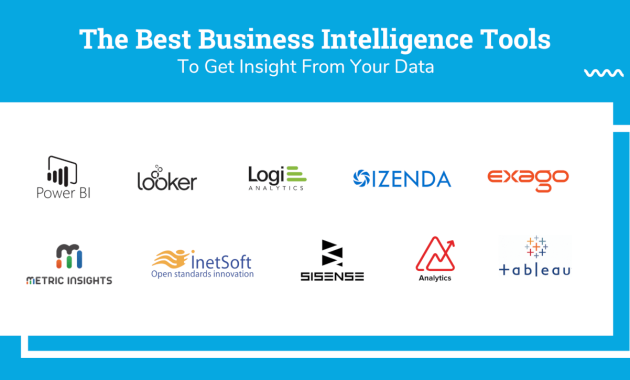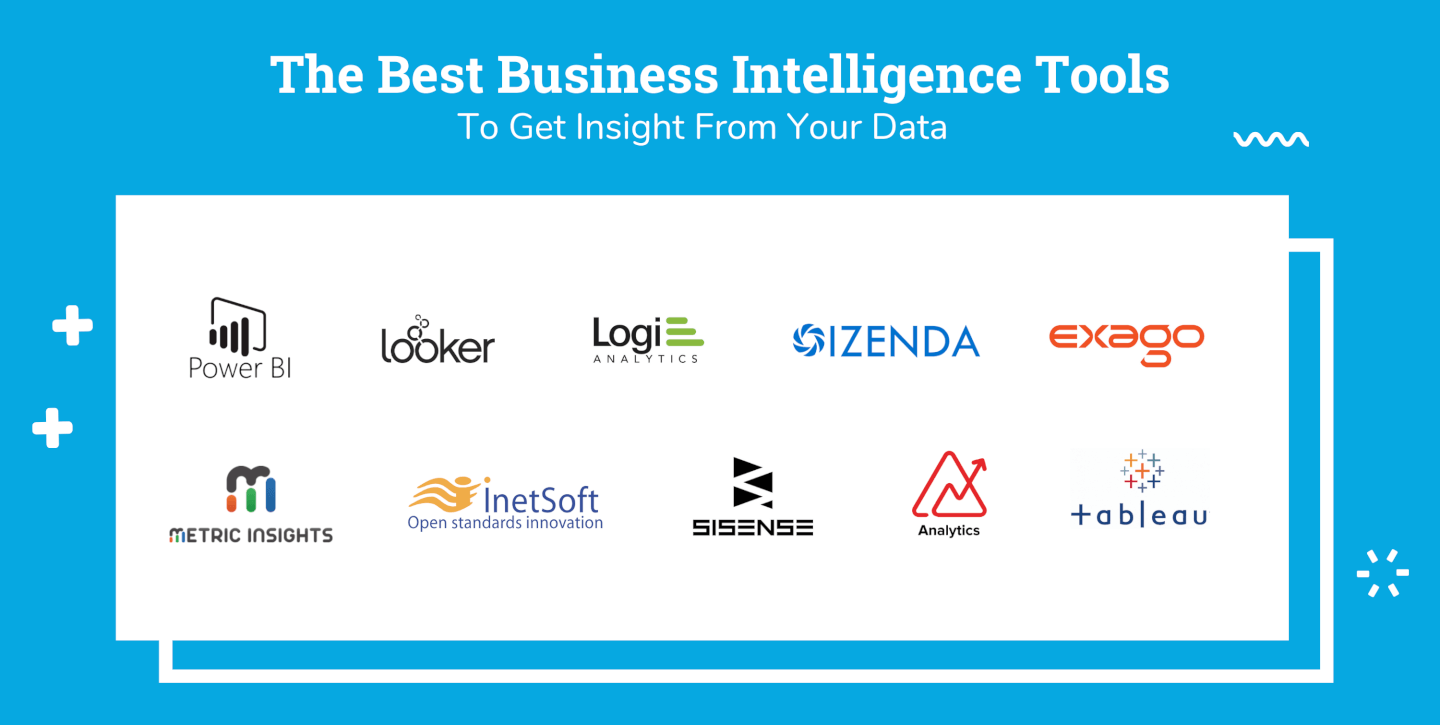
Business Intelligence Tools for Risk-Free Adoption: A Practical Guide
The modern business landscape is a complex tapestry of data. Understanding this data is no longer a luxury; it’s a necessity. Business Intelligence (BI) tools have emerged as essential instruments for navigating this landscape. They transform raw data into actionable insights. However, the adoption of these tools can be daunting. This guide explores how to approach Business Intelligence tools for risk-free adoption. We will examine strategies to ensure a smooth and successful implementation.
The promise of BI is compelling. It offers improved decision-making, enhanced operational efficiency, and a competitive edge. Yet, many organizations struggle with the complexities of implementation. This often leads to failed projects and wasted resources. This is why a risk-free adoption strategy is crucial. This approach minimizes potential pitfalls. It maximizes the chances of realizing the full benefits of BI.
Understanding the Importance of Risk-Free Adoption
Risk-free adoption is not about eliminating all risks. It’s about mitigating them effectively. It involves careful planning, thorough assessment, and proactive management. The goal is to create a stable and predictable implementation process. This reduces the likelihood of costly errors. It also improves the overall user experience.
Several factors contribute to the risks associated with BI adoption. These include:
- Data Quality Issues: Inaccurate or incomplete data can lead to flawed insights.
- Technical Complexity: BI tools can be difficult to integrate with existing systems.
- User Resistance: Employees may resist adopting new tools or changing their workflows.
- Lack of Training: Inadequate training can hinder user adoption and limit the value of the tools.
- Poor Planning: Without a clear strategy, projects can easily go off track.
Addressing these risks is critical for a successful BI implementation. A risk-free approach ensures that these challenges are identified and addressed early. This leads to a more positive outcome.
Key Strategies for Risk-Free Adoption
Several strategies can help organizations achieve a risk-free adoption of Business Intelligence tools. These strategies encompass the entire implementation lifecycle. From planning to deployment and ongoing support, these are crucial.
1. Define Clear Objectives and Requirements
Before selecting any BI tool, define your business objectives. What specific problems are you trying to solve? What key performance indicators (KPIs) will you track? A clear understanding of your needs is the foundation of a successful project. This ensures that you choose the right tools. It also provides a framework for measuring success.
Detailed requirements should be documented. This includes data sources, reporting needs, and user roles. This documentation will guide the selection process. It will also serve as a reference point during implementation.
2. Choose the Right BI Tool
The market offers a vast array of BI tools. Selecting the right one is crucial. Consider the following factors:
- Functionality: Does the tool offer the features you need?
- Scalability: Can the tool handle your current and future data volumes?
- Ease of Use: Is the tool intuitive for your users?
- Integration: Does the tool integrate with your existing systems?
- Cost: Does the tool fit within your budget?
- Vendor Reputation: Research the vendor’s track record and customer support.
Conduct thorough evaluations and consider a pilot project. This allows you to test the tool before a full-scale deployment. This also helps to identify any potential issues.
3. Data Quality and Governance
Data quality is paramount for BI success. Implement data governance policies to ensure data accuracy, consistency, and completeness. This includes data cleansing, validation, and standardization. Regularly audit your data to identify and correct any errors. This practice prevents flawed insights.
Data governance also involves defining data access controls. This ensures that sensitive data is protected. It also ensures compliance with relevant regulations.
4. Plan for User Training and Adoption
User adoption is a critical success factor. Provide comprehensive training programs to ensure that users understand how to use the BI tools effectively. Training should be tailored to different user roles. It must cover both technical aspects and business applications.
Encourage user feedback. This helps to identify any usability issues. It also allows you to make improvements. Create a support system to address user questions and provide ongoing assistance. This builds confidence and fosters adoption.
5. Phased Implementation and Iterative Approach
Avoid a “big bang” implementation. Instead, adopt a phased approach. Start with a pilot project. This allows you to test the system. It also allows you to refine your approach before a full rollout. Implement the system incrementally. This makes it easier to manage risks and adapt to changing requirements. This approach also allows you to gather user feedback. You can then use it to improve the system.
Use an iterative approach. This involves making small, incremental changes. Regularly review the system’s performance. Make adjustments as needed. This ensures that the system continues to meet your business needs.
6. Establish Clear Metrics and KPIs
Define key performance indicators (KPIs) to measure the success of your BI implementation. These KPIs should align with your business objectives. Track these metrics regularly. Evaluate the impact of the BI tools. This helps to identify areas for improvement. It also demonstrates the value of your investment.
Regularly review your KPIs. Make adjustments as needed. This ensures that they remain relevant and effective.
7. Change Management
Implementing BI tools often involves changes to existing workflows and processes. Effective change management is essential to minimize resistance. Communicate the benefits of the new tools clearly. Involve users in the implementation process. Address their concerns. Provide support to help them adapt to the changes. This eases the transition. It also improves user satisfaction.
Real-World Examples of Risk-Free Adoption
Many organizations have successfully adopted BI tools using risk-free strategies. These examples illustrate the benefits of this approach.
Example 1: Retail Company
A retail company implemented a BI tool to analyze sales data. They defined clear objectives. They also chose a tool that integrated with their existing point-of-sale system. They also provided comprehensive training. This approach enabled them to identify sales trends. They also optimized inventory levels. This led to increased revenue and improved customer satisfaction.
Example 2: Healthcare Provider
A healthcare provider implemented a BI tool to improve patient care. They focused on data quality. They also developed a data governance plan. They also provided training to clinicians and administrators. This enabled them to analyze patient outcomes. They also improved operational efficiency. This resulted in better patient care and reduced costs.
Conclusion: Embracing Business Intelligence with Confidence
Adopting Business Intelligence tools can transform your organization. It can provide a wealth of actionable insights. However, the path to success is not always straightforward. A risk-free adoption strategy is crucial. It minimizes potential pitfalls. It maximizes the chances of realizing the full benefits of BI. By following the strategies outlined in this guide, you can confidently embrace Business Intelligence tools. You can then leverage them to drive data-driven decision-making. This leads to improved business outcomes. Remember to prioritize clear objectives. Choose the right tools. Focus on data quality. Plan for user adoption. Implement a phased approach. Establish clear metrics. This will help you achieve a successful and sustainable BI implementation. This is how you harness the power of data. This is how you drive your business forward. [See also: How to Choose the Right BI Tool]
The journey to a data-driven organization requires commitment and careful planning. The rewards are significant. They include better decision-making, improved efficiency, and a competitive advantage. By embracing a risk-free approach, you can unlock the full potential of Business Intelligence tools. You can then transform your organization into a data-driven powerhouse. [See also: Best Practices for Data Governance]

